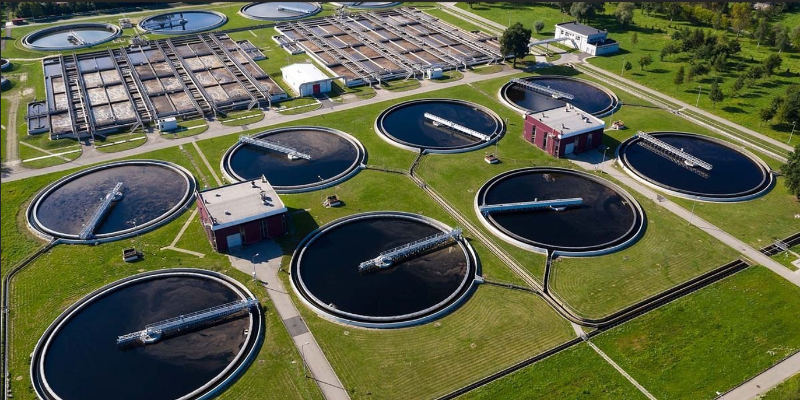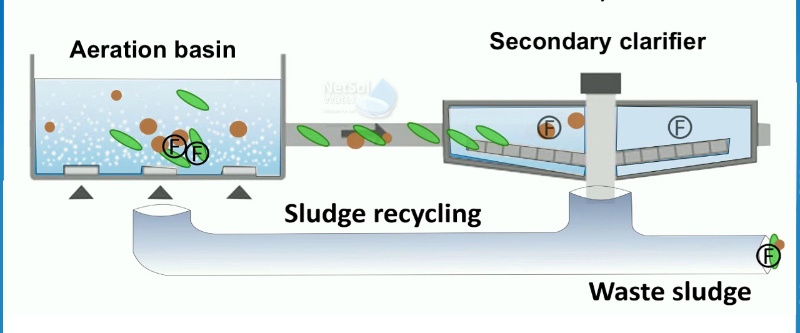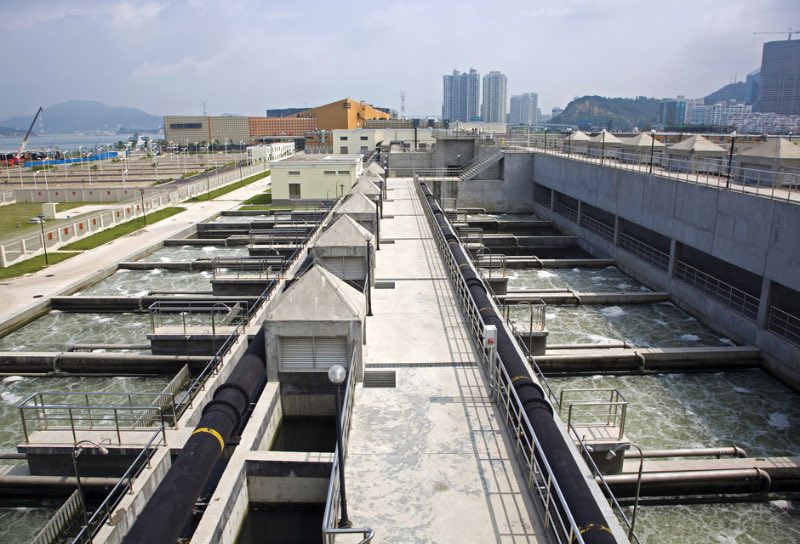The Fundamental Development of Treatment of Wastewater
Discover the Phases
Contents
- Overview of Waste Water Treatment
- The Foundation of Purification: Learning about Waste Water
- Stage 1: Primary Treatment – The Initial Clean-up
- Stage 2: The Biological Battleground - Secondary Treatment
- Stage 3: Tertiary Treatment—The Final Polish
- The Future is Now: Advanced Technologies and Innovations
- Conclusion: A Journey of Transformation
-
Overview of Waste Water Treatment
Wastewater treatment is an essential safety net for the sustainability of the environment and public health. It transforms the contaminants in wastewater from industrial, residential properties and commercial operations into a resource that can either be safely recycled or returned to the natural cycle. This intricate procedure comprises a meticulously planned series of steps that were each geared to completely remove certain pollutants and decrease the overall effect on ecosystems and human health. Here, we examine the incredible journey that wastewater takes from its source to its ultimate destination, demonstrating the science and technology that backs up each treatment step.

The Foundation of Purification: Learning about Waste Water
Understanding what wastewater constitutes is of vital importance before moving on to the various stages of treatment. It is an amalgamated form of discarded water from residences, companies, and storm drains that are brimming with harmful substances which range from ch emicals and heavy metals to organic materials and pathogens. Comprehensively eliminating these harmful substances is the primary goal of wastewater treatment, thereby protecting our rivers and securing the water's safe return into the cycle or its reuse.
Stage 1: Primary Treatment – The Initial Clean-up
Primary treatment, the first step in the wastewater treatment process, is a vital process which concentrates on eliminating physical particles and organic substances from the wastewater. This stage is vital in the method of wastewater treatment, where the principle of the sedimentation process can be applied to its greatest potential. Wastewater is directed into large tanks through this approach in order to allow suspendable materials to settle naturally by gravity. Denser solids naturally sink to the bottom of these tanks to form a concentrated sludge, while lighter materials and liquids rise to the top. This distinction lays out the foundation for more complicated processes of purification by helping to facilitate the removal of solids later on in the treatment process. The incorporation of chemicals as coagulating agents enhances the natural sedimentation procedure and is a major step toward increasing the success rate of this stage.
The aforementioned substances play a vital role for assisting tiny particles to consolidate into larger clusters, or flocs, that settle more easily than individual particles. The most important phase in the first treatment stage is the coagulation process, which not only facilitates the removal of suspended materials easier but also significantly improves the general effectiveness of overall sedimentation. These chemicals aid in speeding up the separation process by encouraging the production of larger particles, which assures that a larger percentage of solids are removed from the wastewater before it moves on to the next stage of treatment. Thus, the primary treatment's efficiency forms a cornerstone of the entire wastewater treatment process, maximizing flow and boosting subsequent stages' efficiency to produce cleaner, safer water that is ready for reuse or release.

Stage 2: The Biological Battleground - Secondary Treatment
The Process of Activated Sludge: The Biological Force.
Immediately following the first treatment, the later (secondary treatment) focuses on the soluble organic matter and finer solids that remain, which suggests that there is a significant change from physical to biological processes. The activated sludge process can be especially powerful; in a properly controlled environment, microorganisms break down organic pollutants into biomass that may be settled out as sludge in the following stages.
Moving Past Activated Sludge: Distinct Technologies for Diverse Needs
Even though activated sludge has become a commonplace, alternative methods, comprised of membrane bioreactors (MBRs), rotating biological contactors, and biofilters, which are capable of offering tailored remedies according to the particular requirements of the wastewater being treated. MBRs, for instance, offer a condensed yet efficient approach to eradicating organic pollutants through the combination of membrane filtration and biological treatment.

Stage 3: Tertiary Treatment—The Final Polish
The Zenith of Purification: Polishing and disinfection
Tertiary treatment, additionally referred to as polishing, is the last phase of the wastewater treatment procedure, in which water is polished to the highest quality standards. Advanced filtration techniques, nutrient removal, and disinfection technologies are utilized in this stage in order to eliminate residual contaminants pathogens, and nutrients.
Ultraviolet (UV) Disinfection: Towards a Chemical-Free Future
UV disinfection emerges as an outstanding option at this stage, providing an effective, chemical-free method for eliminating bacteria and viruses, ensuring the water's safety for release or reuse. Unlike chemical disinfection, UV treatment results in no residual byproducts, making it an environmentally safe option for the final treatment phase.
Overlooked, but Crucial: Sludge Treatment and Resource Recovery
Sludge management is a vital yet frequently neglected part of the wastewater treatment process. The sludge that results from primary and secondary treatments is processed more thoroughly, including digestion, dewatering, and stabilization. This is to thereby make sure that it becomes a resource for the production of energy or a soil conditioner in agriculture, thereby successfully completing the loop in the wastewater treatment cycle.

The Future is Now: Advanced Technologies and Innovations
In the ever-evolving field of wastewater treatment, we are on the brink of a transformative era, fuelled by the combination of cutting-edge technologies and digital advances. This evolution represents a significant divergence from aged techniques, with efficiency, sustainability, and a reduced impact on the environment being significant concepts. Emerging technologies, especially enhanced the oxidation processes, have transformed our approach to solving the problem of persistent pollutants, giving out unprecedented levels of contaminant degradation. Concurrently, the use of nutrient recovery technological advances represents an important turning point in addressing problems with the environment and resource management. These developments promise not only to enhance the purification process, but also to connect wastewater methods of treatment with the broader objectives of sustainability and environmental care.
As we continue through the current era of technological growth, the landscape of wastewater treatment is being transformed by a commitment to innovation and sustainability of the environment. The incorporation of these ground-breaking innovations into worldwide wastewater management systems predicts a future in which efficiency and sustainability are intrinsically linked together, providing a blueprint for saving our planet's valuable water resources. This period of growth and innovation in wastewater treatment is about more than just fulfilling today's needs; it is about laying the groundwork for a sustainable future, ensuring that we continue protecting our waterways as we make optimal use of available resources.

Conclusion: A Journey of Transformation
This transformation that takes place of wastewater, from a pollutant to a purified resource illustrates human innovation as well as dedication to environmental management. Each stage of the treatment process plays an important role to this change, to safeguard the quality of our water and contributing to a more sustainable future. As we continue to innovate and enhance wastewater treatment technologies, we not only safeguard the environment but also reclaim an essential resource, emphasizing the importance of water as the lifeblood of our ecosystems and communities.